Amazon: Discovering the Rainforest-Exploration and Preservation Endeavors in the Amazon
Table of Contents
Introduction
The Amazon Rainforest is one of the world’s most unique biomes-a vast and luscious wilderness. Stretching over 5.5 million square kilometers, touching nine countries, the Amazon plays a very important role in regulating the Earth’s climate, producing oxygen, and hosting an incredible degree of biodiversity. Beyond its importance in the environment, the Amazon offers adventurers an unparalleled opportunity to immerse themselves into nature’s raw beauty.

From deep jungle treks to peaceful river expeditions, the Amazon is indeed an experience of a lifetime. Of course, it does not help that the Amazon is undergoing threats from these unrelenting forces of deforestation, climate change, and illegal mining activities. The balance of exploration and conservation will set how the memory of this natural wonder can be left behind for the next generation.
Step into the Amazon: Journey to the Wild
The Call of the Unknown: Inicio on Amazon
For a first-time visitor to the Amazon, the experience can be humbling. There is an overwhelming feeling of hot, damp air from almost constant chatter by monkeys, calls from the treetops by birds, and the incessant buzzing of insects. The sheer girth of the forest is intimidating—trees shoot straight up to dizzying heights, vines wriggle through undergrowth, and rivers wind their way through labyrinthine greenery.
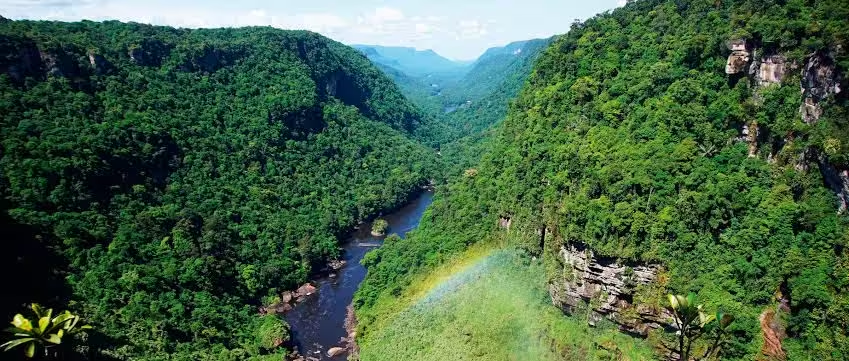
The Amazon is a haven for those who love nature or adventure and seek an escape from modern life to reestablish a connection with nature on a really deep level.
How to Plan Your Amazon Adventure
Traveling to the Amazon requires much more than ordinary planning. When traveling to such an inaccessible area in many environmental complications, it cannot be explored like any other place on earth. What suits the best about visiting the Amazon is the guided eco-trips. These tours include luxury river cruises to rustic jungle lodges and even camping in the wild. While Brazil’s Amazon is the most famous, so are Peru, Ecuador, and Colombia in offering a world-class Amazonian experience.

Top Adventure Activities in the Amazon
The Amazon is an adventure playground; it has a long list of activities that help you explore the stunning landscapes and incredibly interesting wildlife.

Jungle Trekking: Heart of the Rainforest
There is no better way to get a feel for the Amazon than by walking through its heavy jungles. Guided hikes take you deep into the heart of the rainforest, where you discover hidden waterfalls, experience wildlife, and learn the subtleties of this ecosystem.
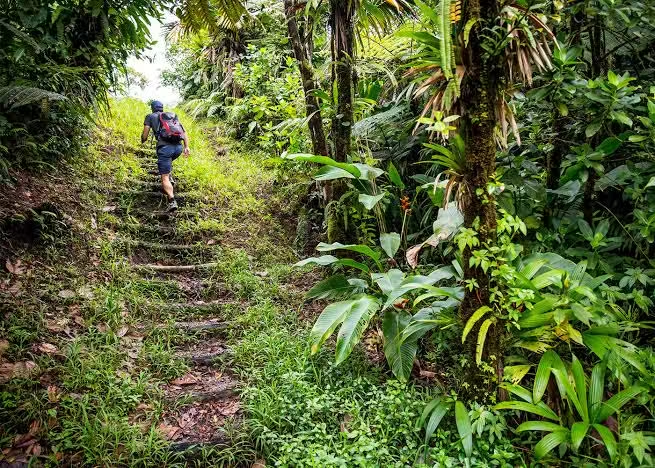
Explore Concealed Waterfalls and Unheralded Trails
Thousands of waterfalls adorn the Amazon: occulted in jungle and accessible only on foot. The night wander through high trees and forest sounds to isolated waterfalls leaves anyone unbeatable in nature experiences.

Night Walks: Nocturnal Experience, also referred to as night walks, enables one to experience the night world.
Guided night walks introduce you to this mystifying nocturnal world, where the Amazon spring to life after nightfall. During the fading hours of daylight, and thereafter in the darkness of the forest, a number of nocturnal frogs, tarantulas, and snakes come out that hide themselves when it is daytime.
River Expeditions: Discover the Amazon River
The Amazon is a river, and traveling through its vast network of waterways by boat forms an integral part of any Amazon adventure.

Along the tributaries of the Amazon, canoeing and kayaking would be wonderful ways to get involved.
Canoeing or kayaking through the tributaries of the Amazon offers an up-close, intimate experience. You paddle in silence in waterways close enough to wildlife, and you get close-up glimpses of sloths and howler monkeys and exotic birds without irritating them.
Wildlife along the River Dolphins and Caimans and More
The famous animals inhabiting the rivers of Amazon include pink river dolphins, caimans, and piranhas in the waters while jaguars and capybaras in the banks. River cruises should be done at dawn and dusk to have much chance to see these animals.
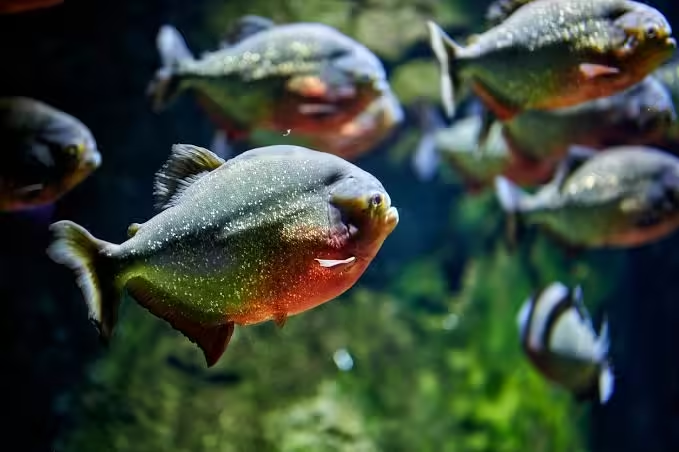
The exploration into Birdwatching: Finding Avian Wonders in the Amazon
The Amazon is an avian paradise, hosting over 1,300 bird species. Whether you’re a seasoned birder or an armchair observer, you would surely find yourself captivated by the warmth and lively birdlife of the Amazon.
The iconic birds of the Amazon include the elegant macaws, the brightly colored toucans, and the majestic harpy eagles.
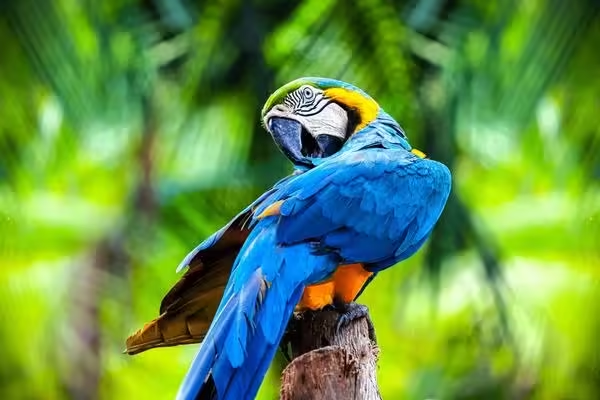
Everywhere, colorful macaws flash brilliant reds, yellows, and blues throughout the Amazon. Toucans add even more bright splashes with their hugely oversized bill. The harpy eagle, one of the largest and most powerful birds of prey in the world, is the undisputed king of the rainforest skies.
Top Places for Birding in the Amazon
Some of the best places to spot such a few rare and exotic bird species is located in Peru, as well as Manu National Park, and Brazil’s Pantanal, Ecuador’s Yasuni National Park. The early morning hike or take a boat trip is the best time to see the Amazon’s birdlife foraging and calling for fellow birds.
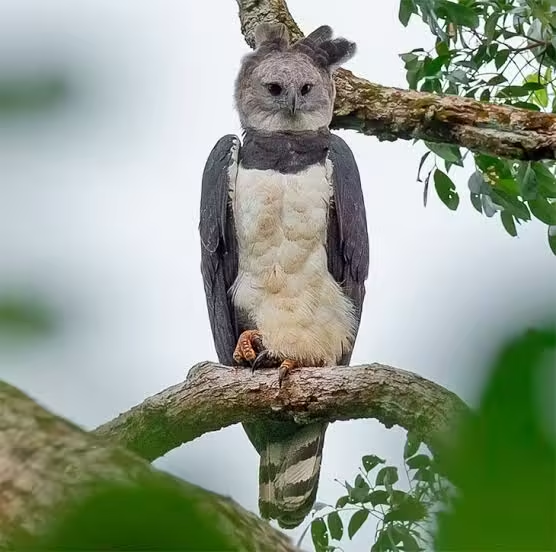
Deep Immersion in Indigenous Cultures
No journey to Amazon would ever be complete without interactions with indigenous communities that have lived in perfect harmony with their rainforest for thousands of years. Some tours would even allow you to visit indigenous communities – learn how they live, what their traditional knowledge base is, and how much the forest means to them.
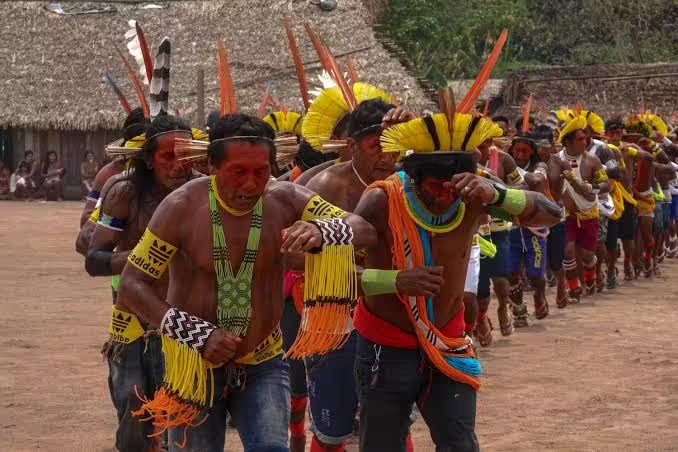
Staying in Indigenous Villages: Authentic Cultural Experiences
To be totally plunged into the Amazon experience, one should opt for staying in an indigenous village. It offers homestays where the traveler can take part in daily activities such as fishery, farming, or even craftsmanship, all immersed in spiritual events that fill the forest with life. This community-based tourism supports livelihoods and keeps their rich culture active.
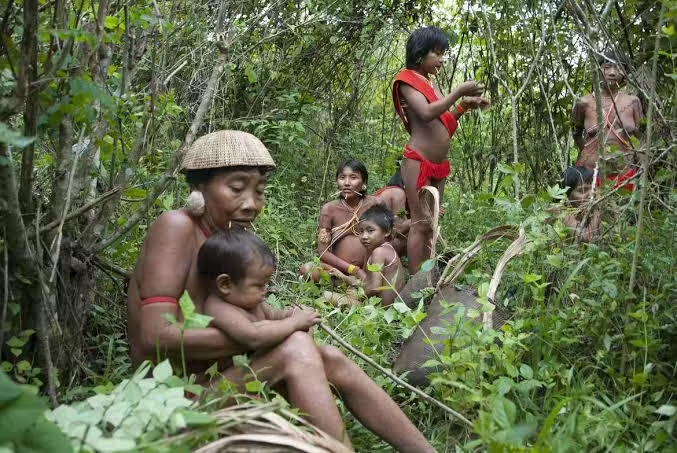
Role of Indigenous in Preserving Amazon
The indigenous people are the guardians of the Amazon; their customs and ways for centuries have been supporting the conservation of the forest. Their knowledge about medicinal plants, gentle hunting, and exploitation of land has helped ensure that the Amazon remains a wilderness. In recent times, indigenous people have also found a voice in global conservation where they can assert their rights to their lands against the effects of deforestation and illegal mining.
Wildlife Encounters: Creatures of the Rainforest
The Amazon is indeed full of some of the most interesting and varied wildlife on earth. Be it the secretive cats or playful river dolphins, most of the Amazonian fauna are often a prodigious fascination for any travel expedition.
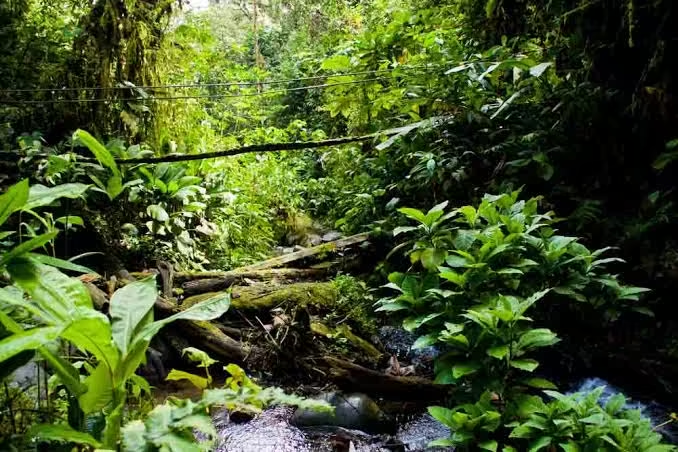
Some Hidden Predators of the Amazon: Resplendent Jaguars
The jaguar is the largest predator in South America, roaming the vast jungle and riverbanks of the Amazon. The possibilities of the adventure sparked in the great journey of any explorer through this huge Amazonian landscape might just be triggered in a sporadic rare encounter while trying to track this massive creature. Jaguars play a very integral role in maintaining ecological balance through regulating populations of the prey, which could indicate a health status in a rainforest.

Pink River Dolphins: Guards of the Amazon Rivers
One of the best-known animals of the Amazon is the pink river dolphin, also known as boto. These freshwater dolphins are a thrill to see frolicking in the rivers, but more importantly, an important part of many indigenous cultures. For the locals, they are mythical creatures that turn into humans every night.
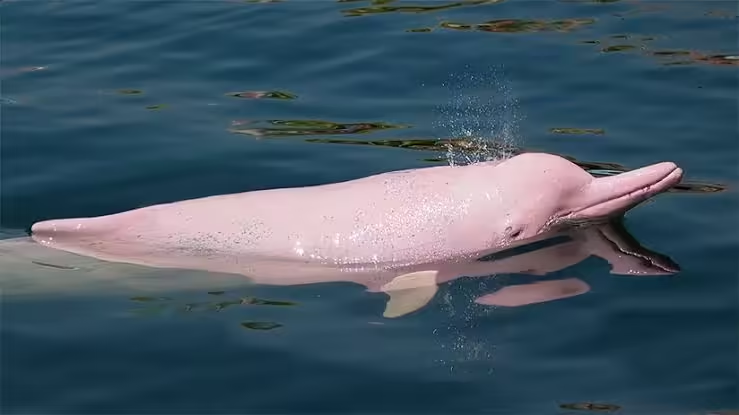
Uniquely Amazon
Poison Dart Frogs: The Living Pearls of Nature
The poison dart frogs are a kind of small but vibrantly colored amphibian that has strong toxins produced by their ancestors as a protective mechanism. Among these frogs, some indigenous peoples coated blow darts with toxic secretions for hunting purposes. Such frogs represent one sample from the diversified populations in the Amazon rainforest, an example in itself proving that even the smallest living things adapt to the rainforest habitat.
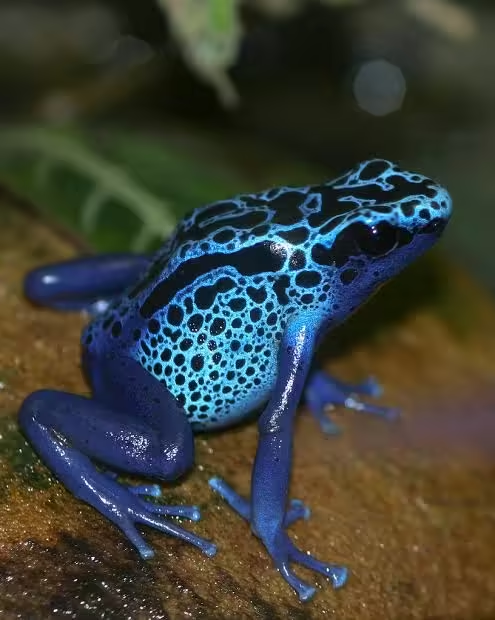
Giant Otters: The Frolicking Riverine Predators
Giant otters of the Amazon are on record as the largest otters species. Highly playful and known to have close-knit family ties, they have been observed swimming in formation while cruising through rivers.
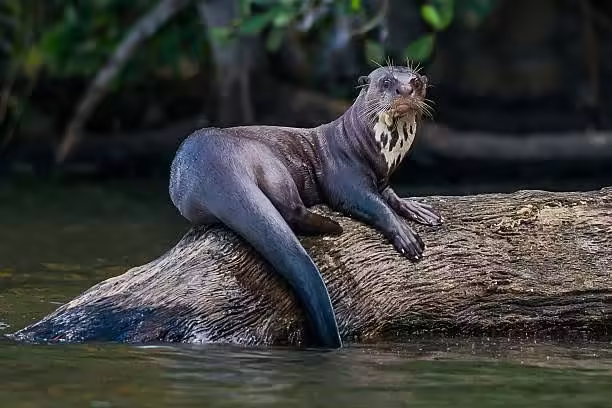
Although playful, giant otters are an important predators that fish and more other aquatic animals trust quite a great deal in getting their shares caught.
.
Difficulties in the Amazon Rainforest Habitat
Though the Amazon is a place of wonder in biodiversity and adventure, grave threats are also looming. Since human activities drive environmental degradation, they are threats to the very survival of the rainforest.
Deforestation: The Continued Battle of the Amazon
Large extents of the forest are being clear-cut to give way to farmland. This is having a devastating loss of habitats for many species. It is not only a threat to the wildlife in the rainforest but also facilitates global warming in the entire world because Amazon trees absorb carbon dioxide.
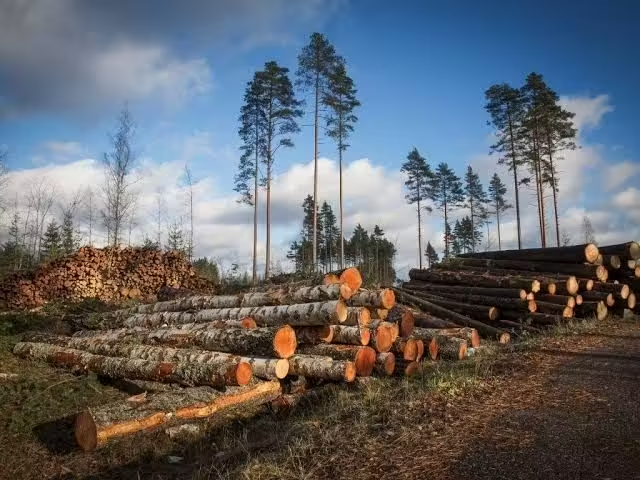
Climate Change: Effect of Global Warming on the Rainforest
The other significant threat to the Amazon is climate change. Temperature and rainfall will impact this delicate ecosystem since temperature is rising, as well as altering the patterns of rain. The longer the droughts stay, the more vulnerable the forest becomes to the fires, speeding up the destruction of the rainforest.

Illegal Mining and Effects on the Amazon
Another environmental challenge in the Amazon is illegal mining, primarily for gold. People extract gold using mercury, which creates pollution of rivers and infests the soil, eventually poisoning animals and native people.

How Illegal Gold Mining Pollutes Rivers and Forests
The mercury applied during the gold mining process is poisonous and stays for decades within the environment. It tends to collect in fish bodies and other animals up the food chain and finally reaches the human beings’ system. Besides the mercury, mining activity destroys large portions of the forest as well as displaces indigenous people.
Activities Against the Uncurbed Mining Process and Its Devastation
Combing the above illegal mining is through enforcement and education by governments and conservation organizations. The indigenous groups also had a significant role to play in fighting the illegal mining activities, through monitoring the areas on their lands and fighting for their rights.
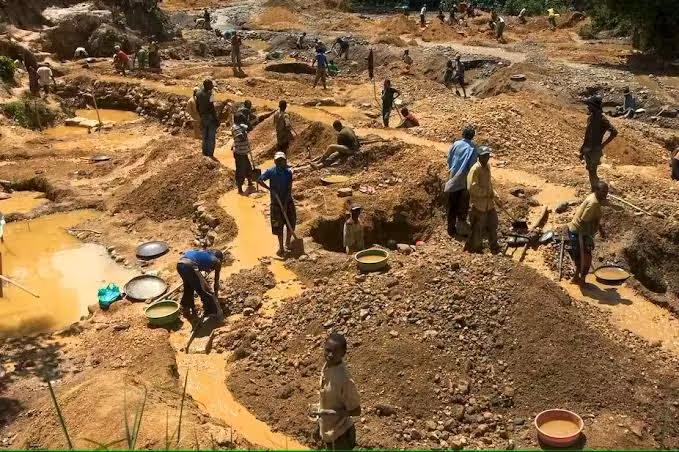
Conservation Measures for the Amazon
A multi-level, above local and international, response has been geared towards the threats facing the Amazon, through a wide range of conservation measures.
Reafforestation Projects: Revitalizing the Mother Earth’s Lungs
Reafforestation projects can attempt and restore cleared and degraded parts of the Amazon. Among such projects include planting original tree species, aid in habitat restoration for diverse species of wildlife, and sequester carbon in the atmosphere. Reafforestation is an important step toward mitigating the impacts of deforestation and global warming.
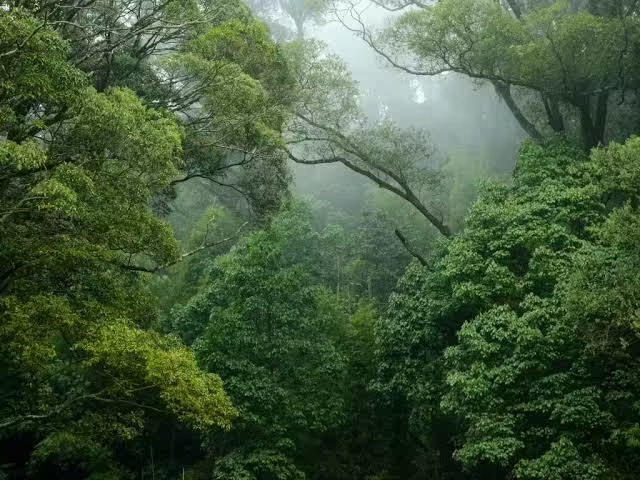
Conservation of Threatened Species: Projects to Save Fauna of the Amazon
Many organizations bring forth the preservation of endangered species, such as jaguars, giant otters, and a harpy eagle found in the Amazon. Some include anti-poaching patrols, habitat protection, and community engagement in a bid to reduce human-wildlife conflicts.
Sustainable Tourism: Unlocking Mysteries for Amazon Conservation
Responsible tourism is the best way for protecting the Amazon. Ecotourism avails alternative income generation for the communities as the funds made will be used in projects that protect and conserve the rainforest. This has a direct reason for its preservation rather than exploitation.

How Ecotourism Empowers Communities and Benefits Nature
Ecotourism enables travelers to support the community directly through eco-friendly tours as an alternative livelihood or a means of preserving nature. The money generated from ecotourism is mainly distributed in various projects in sustainable land management, wildlife protection, and natural resources management.
Best practices in visiting Amazon: responsible travel
Traveling to the Amazon and not causing harm to the environment are two important aspects. These include avoiding plastics, wildlife friendly, and staying at an eco-friendly lodging establishment that promotes sustainability. Conservation travel will ensure that the centuries that follow admire the genius of Amazon.
From adventure to responsibility: adventure responsibility: maintaining a balance between adventure and responsible tourism in the Amazon

Exploring the Amazon is an adventure of a lifetime, but with it comes the responsibility to protect and preserve this incredible ecosystem. It all comes down to what is going to happen with the Amazon; our fight against deforestation, illegal mining, and climate change will make the difference. Our conservation efforts and sustainable traveling will make sure that the Amazon Rainforest stays thriving and biodiverse for years to come.
FAQ’S
How can I tour the Amazon responsibly?
If you would like to explore the Amazon in a responsible manner, look for eco-tours that are operated in partnership with local communities who also respect conservation. Try not to cause harm to the environment or wildlife. Look for accommodations that embrace sustainability.
Best Time to Visit Amazon Rainforest
The best time to visit the Amazon is during the end of the dry season when rainfall is minimal, and chiefly there are more trails that can be explored and appropriate chances at seeing wild animals.
How does tourism help the conservation of the Amazon?
Tourism — in this case, ecotourism — builds incomes for local communities to support conservation projects. Responsible tourism develops economic incentives that will protect the rainforest and the wildlife from exploitation.
Is travel to the Amazon dangerous?
While the Amazon is indeed unpredictable, many dangers, whether it be animal encounters or diseases prevalent in the tropics, may be minimized with proper planning, vaccinations, and travel with experienced guides.
In what ways can I assist in safeguarding the Amazon?
You may help protect the Amazon by helping conservation organizations, reducing your effects on the environment, or spreading news about threats to the rainforest, or choosing responsible travel options if you visit the Amazon.




